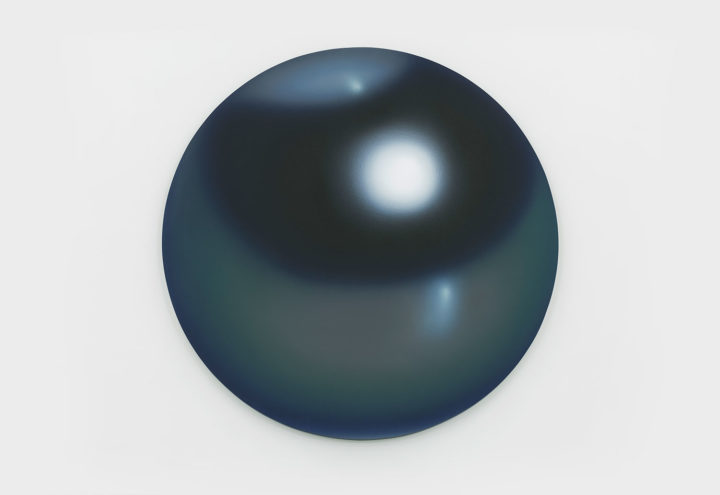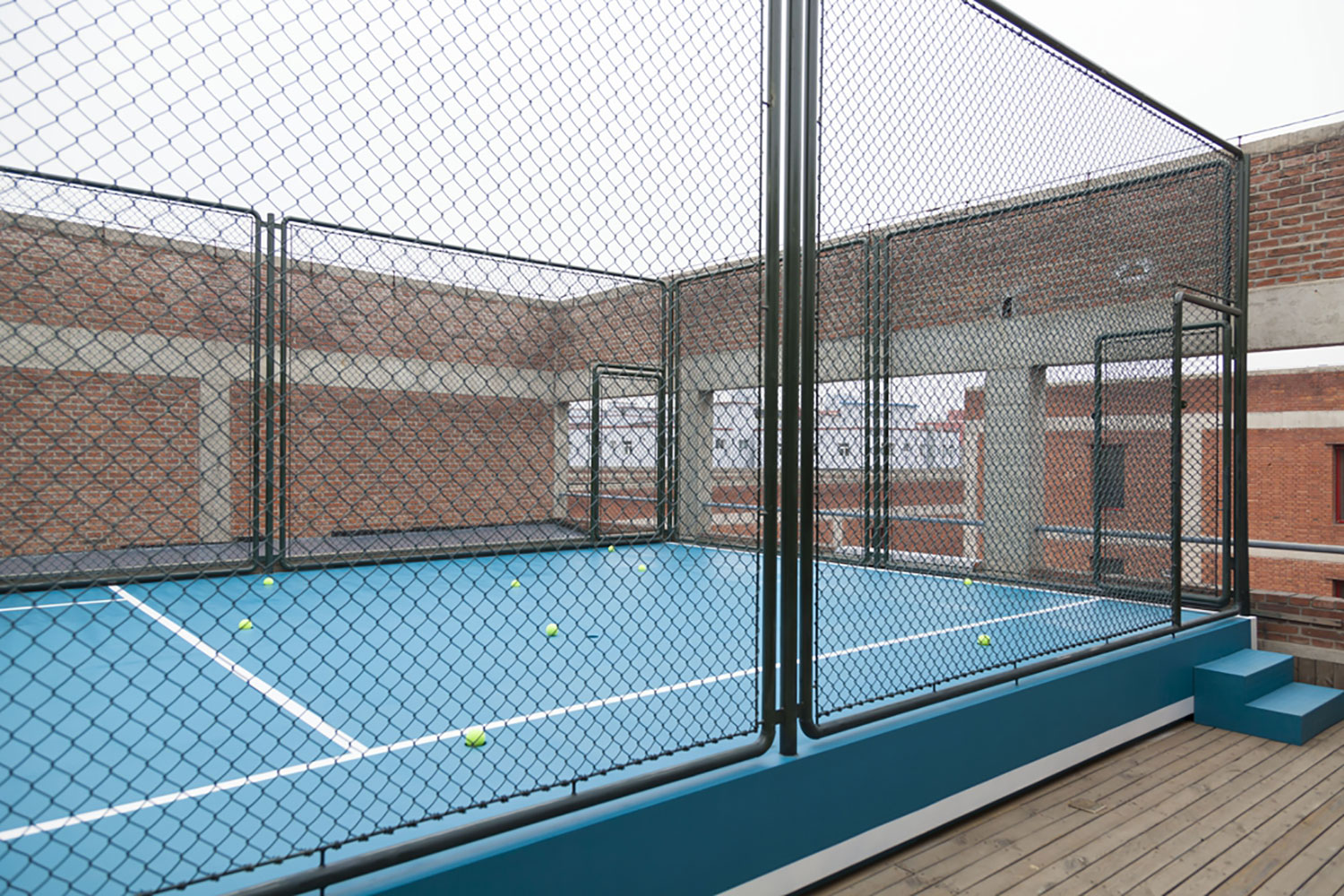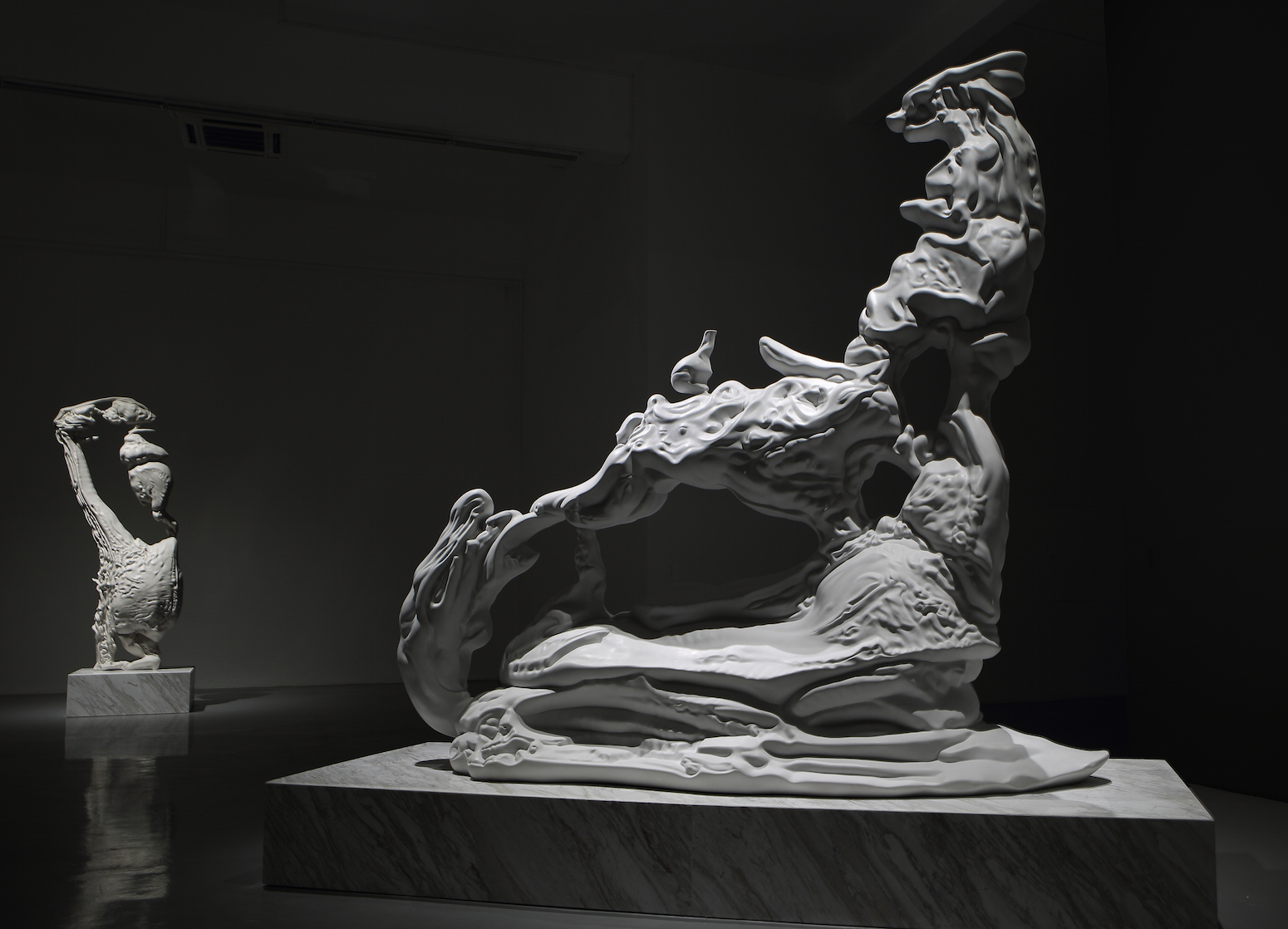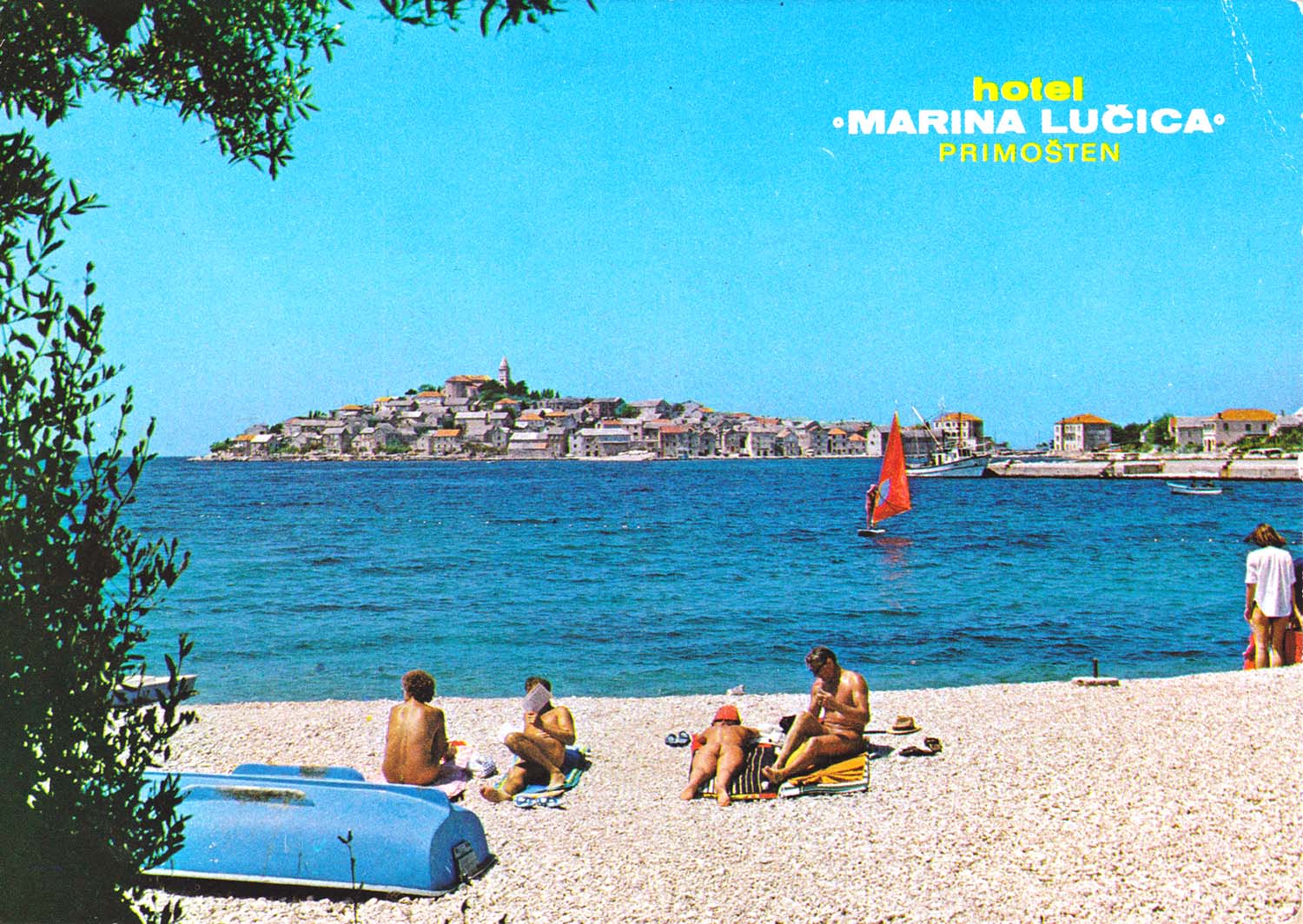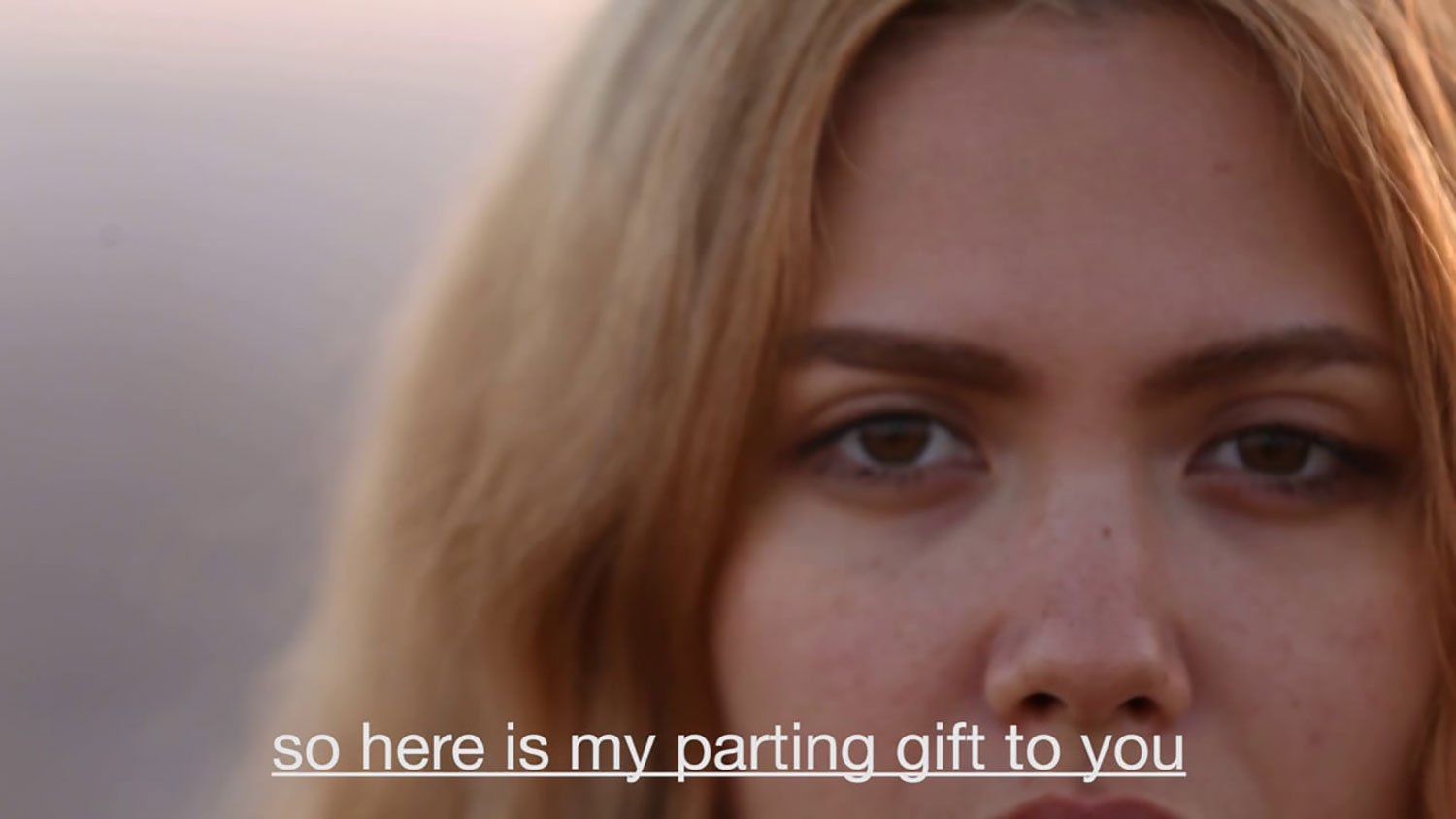The painting practice of Li Shurui has long been an investigation into the visual experiences of light and color, and her recent solo show “LSR · Deep White” embodies a continuation and an expansion of her work over the past decade. With an increasingly spatialized and immersive approach, the artist blends both immense scale and controlled minimalism.
Beginning in the gallery’s cavernous left hall, three works form a colossal painting installation. Wave No. 6 (2015) echoes her earlier light-based works, though, without the figural elements and shadowy bodies that appeared in earlier paintings inspired by LEDs and Chongqing’s nightlife, it represents a move further into abstraction. In more recent works, her exploration of sound waves provokes a synesthetic experience that fuses the visual and the sonic; the picture plane is released from its two-dimensional limits, summoning both depth and movement from flatness and stasis.
In a subtler vein, Wave No. 10 (2015–16) employs a restrained color palette of subdued dark tones in gridded, plaid patterns. Mindfile Storage Unit No. 201708 (2017), positioned between these two ten-meter-wide canvases from the “Wave” series, is a pearlescent orb informed by Li’s research into natural forms and religious architecture. Combined, the three works form a cosmic flag, an occult tableau that could be mistaken for a set piece in an Alejandro Jodorowsky film. Questioning the boundaries of the frame, Li draws the viewer into an experience that is both intoxicating and sobering; when viewed up close, the canvases create their own bounded worlds of vision as the edges of the frames vanish.
In the adjacent hall, the exhibition’s eponymous work Deep White (2016–17) presents a mesmerizing array of 114 canvases of varying dimensions, installed together in a rectangular configuration. As a totality, the installation resembles a pixelated composite image, one that shares both the aesthetic tropes of Photoshop color gradients as well as the landscape painting idioms of a pastoral cloudscape.
While the works refuse to traffic in any direct, referential meaning, the paintings obliquely evoke the ubiquitous presence of digital screens that dominate our contemporary visual experience. The calculated repetition of airbrushed dots displays a meditative — perhaps obsessive — practice that might strike some viewers as cold and alienating, yet the works might also be read as preliminary experiments that open up new ways of seeing. The exhibition suggests a new relationship to the natural world, one in which the manual practices of painting are channeled through the digital apparatuses that mediate our vision.

